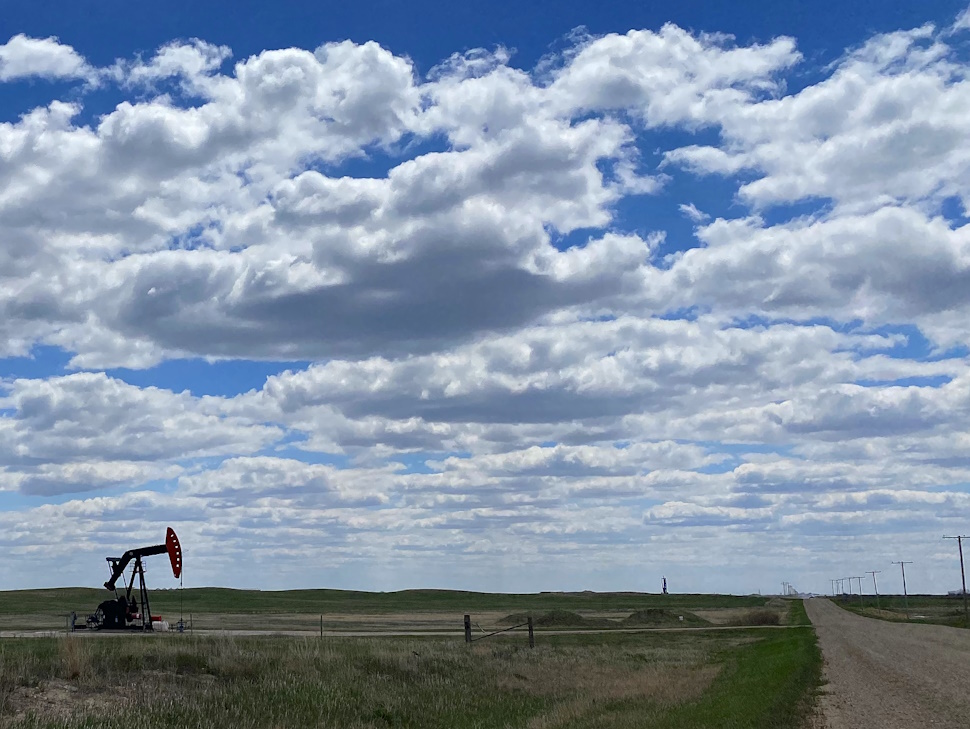Recent data shows a rise over the past decade in collisions resulting in serious injury.
The RCMP responded to 77 fatal collisions in 2024, which resulted in 88 deaths, as well as 271 collisions involving serious injuries reported. This is the highest total in six years, and is up 43 per cent from 2023, when 321 people were seriously injured, also up 48 per cent from the previous year.
Superintendent Grant St. Germaine, officer in charge of Saskatchewan RCMP Traffic Services, said, "First off, we want to send our condolences to all the families affected by these tragedies. It’s important when we talk about statistics to remember that there are numerous lives that are changed forever behind each of these collisions. We all need to do our part to try to prevent every collision we can.”
He said the four primary factors related to collisions resulting in fatal or serious injuries are impaired driving, distracted driving, dangerous driving, particularly speeding, and failure to use a seatbelt.
According to St. Germaine, collisions are taking place later in the day, with more than 60 per cent of them happening between noon and midnight. Data also shows male drivers were more likely to be found at fault in these collisions, and those aged 16 to 25 were the highest-risk age group.
Those numbers have continued to rise in 2025, with 51 fatal collisions and 54 deaths by late July. This is an increase of 13 lives lost, compared to the same last year at this time. Nearly 40 per cent of this year’s fatalities involved someone not wearing a seatbelt.
"It’s unfortunate that I have to keep repeating the basics,” commented St. Germaine.
“Obey speed limits. Don’t drive impaired. Put the phone away. And always wear your seatbelt. It may save your life.”
The collision statistics were released alongside the RCMP’s 2024 crime trends report. Officials note the data only includes incidents within RCMP jurisdiction and does not capture private property crashes, urban police service reports, or medically related collisions.
SGI reports that rural roads are an important contributor to those statistics.
"We know rural roads are really an essential part of the Saskatchewan landscape. So drivers, of course, are reminded to drive with caution, and safe driving practices apply to all roads in the province, and that includes driving the speed limit, buckling up, driving sober, and not driving distracted," advised SGI's Manager of Media Relations, Heather Hubic.
Navigating rural roads involves consideration of dirt and gravel.
"When you're travelling on gravel roads, there are a few things you can keep in mind. One of them is slowing down. Even the best-maintained gravel roads can have those rough sections or loose gravel, which require those slower speeds. Don't break too hard, avoid those sudden changes in direction or speed. Also, stay back, leave at least six seconds following distance between you and other vehicles, it takes time to stop, especially when you're on a gravel road."
Hubic said being away from main roads also poses the risk of being stranded.
"If you're able to move your vehicle, position it so it's in a safe position and won't cause a hazard for other road users," she shared. "You can also turn on your hazard lights to alert other drivers and call for assistance, whether that be roadside assistance, family, or friends. It's also a good reminder to keep that emergency roadside kit in your vehicle, and that would include things like a portable battery-operated phone charger, some water and food, a first aid kit, a flashlight, jumper cables, and some of those basic tools."
Watching for intersections at communities along major rural highways, she reminded, is another way to avoid collisions. Drivers may need to slow down or stop while travelling through a community, also keeping an eye out for wildlife, especially when animals are most active, at dawn and dusk.
She added that drivers should look out for slower vehicles, such as ATVs and farm equipment, giving them the space necessary to make sure everyone gets to their destination safely.
